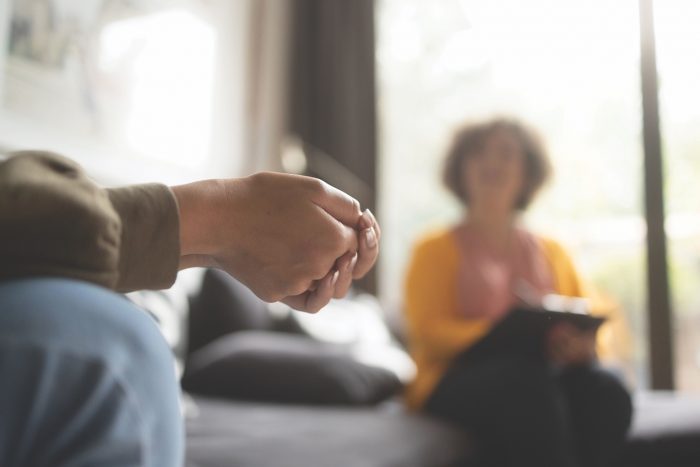Cancer and our environment
According to the U.S. Centers for Disease Control and Prevention, New York has the fifth highest cancer rate in the country. Each year over 110,000 New Yorkers are diagnosed with cancer and 35,000 die from the disease. One in every two men and one in every three women will be diagnosed with cancer in their lifetime. So, we must ask the question why?
In 2001, I founded the not-for-profit, Community Health and Environment Coalition, to address the high rate of cancer in my community. New York State Department of Health released cancer maps which showed areas with elevated cancer rates and as a concerned mother, environmental advocate and a dedicated community leader, I wanted answers. My coalition partnered with elected leaders, medical professionals and residents to challenge the state to do something about this issue, and it did. The state DOH moved forward with the New York State Cancer Mapping Project, also known as the Cancer Surveillance Improvement Initiative, and focused its investigation in Coram, Mount Sinai and Port Jefferson Station as a follow-up investigation.
It’s been 18 years since the report was released, and as I look back and see the higher-than-average elevated breast cancer rates highlighted on the cover of the report, I must ask why isn’t more being done to address the exposure to toxic cancer-causing chemicals?
I was never paid as I led the community in our quest to find answers. I worked with elected officials across party lines, and with Long Island’s most renowned breast cancer advocates including Huntington’s Karen Miller, West Islip’s Lorraine Pace and Babylon’s Debbie Basile. Most folks I worked with thought it was our water, and now decades later experts have identified concerning chemicals in our water including PFAS forever chemicals, and 1,4-dioxane used extensively by military contractors.
After the follow-up cancer investigation report was released, I found that the state DOH used mainly data from its database and did not come to our town to take soil, water and air samples. If a farmer used a pesticide that was not registered, that information was not included. If a company dumped toxic chemicals in the ground, that info was not included. This left more questions than answers.
People are finally understanding that exposure to carcinogen and cancer causing chemicals can have a delayed cancer diagnosis, and it can take decades to see the consequence of toxic exposure, as we’re seeing with 9/11 first responders.
Come on folks, we should expect better than this.
I sat on the Brookhaven National Lab Community Advisory Committee for years as the committee partnered with BNL to clean up contamination. Northrop Grumman and the Navy should do the same for the residents of Bethpage.
I was born on a Navy base. My dad proudly served for decades in the military, but we must hold those who pollute accountable. Mistakes were made decades ago when chemicals were released into our environment. We know better now, and we’ve got work to do so let’s work together to clean up polluted sites and protect residents.
Years ago, I was one of only about five people to attend and advocate to clean up Lawrence Aviation’s groundwater contamination at a public hearing in Port Jefferson.
What followed was a massive effort by the EPA, DEC and Suffolk County Department of Health Services to remediate the contaminant plume.
The government needs to do the same for the groundwater in Bethpage and other contaminated areas on Long Island. I encourage residents to get involved and be part of the solution. Let’s do this together.
So many lives count on it.
Sarah Anker
Mount Sinai
Founder of Community Health and Environment Coalition
Former Suffolk County Legislator
Current NYS Senate Candidate
























